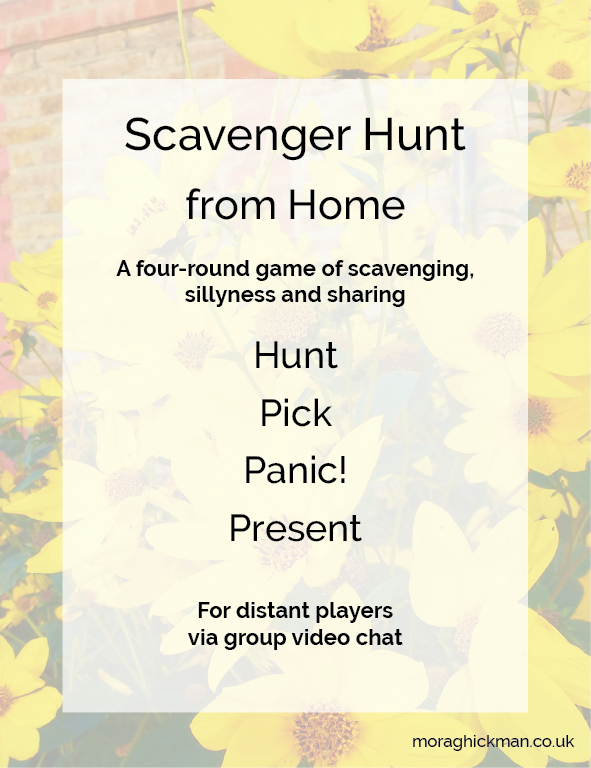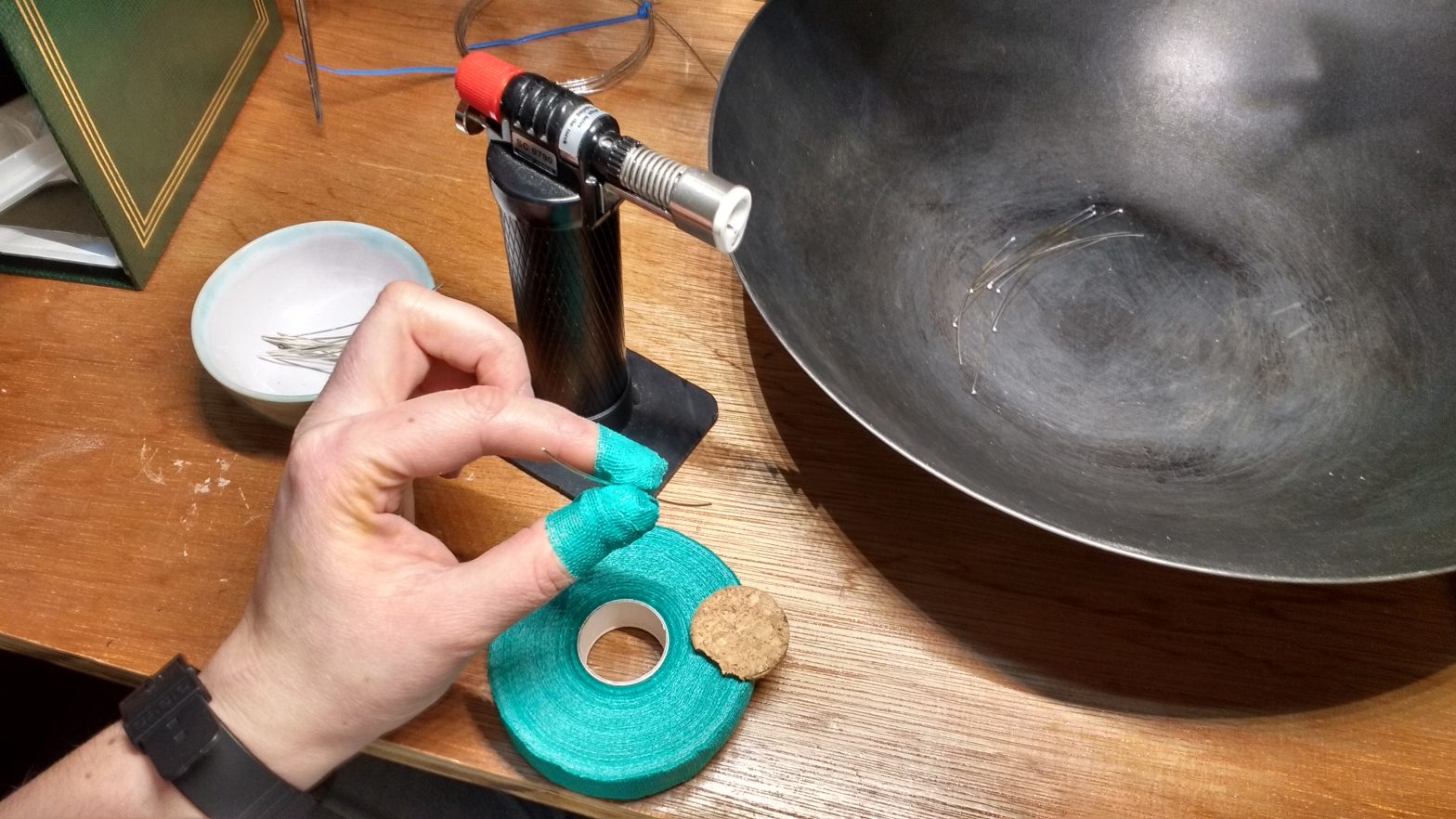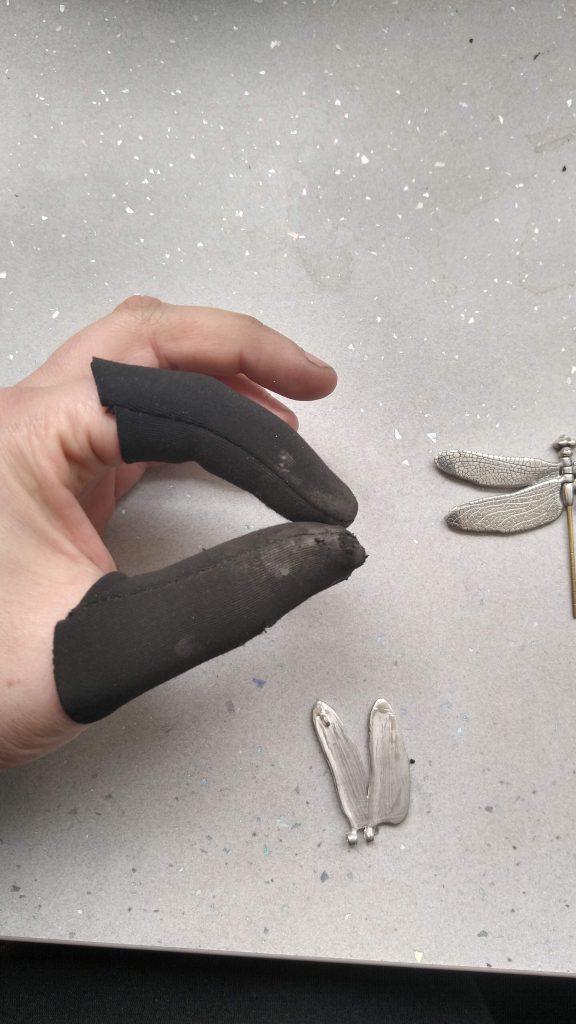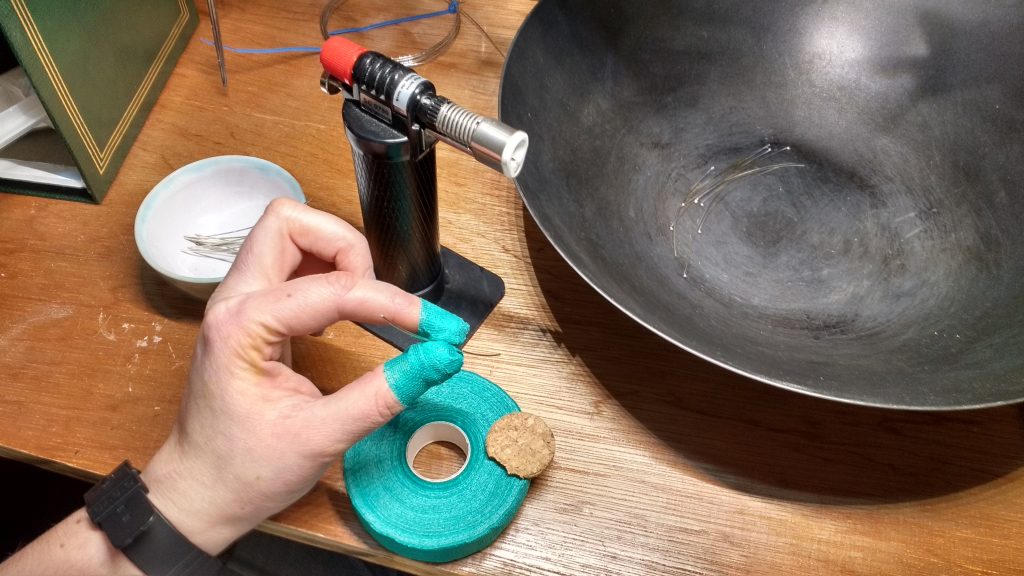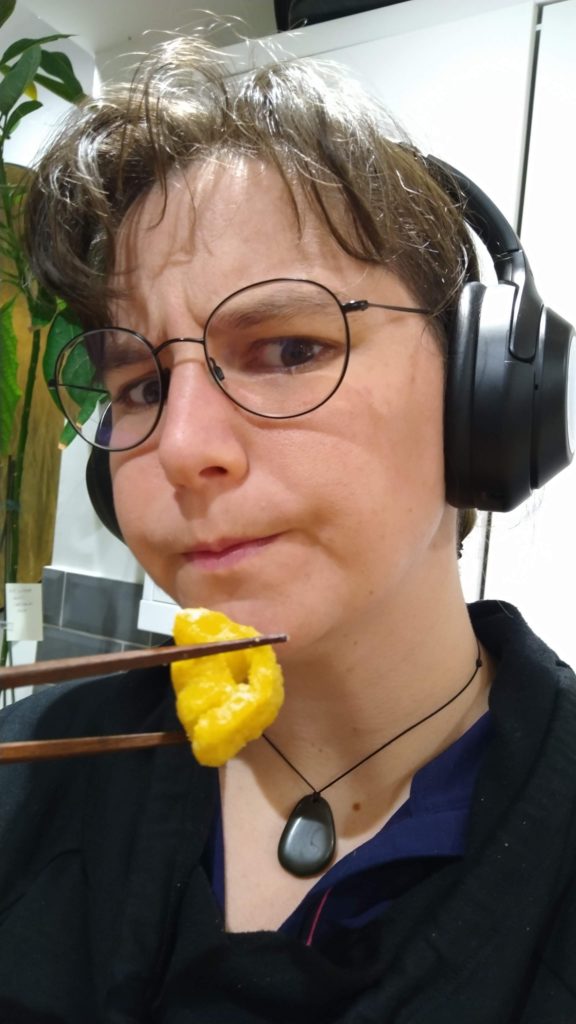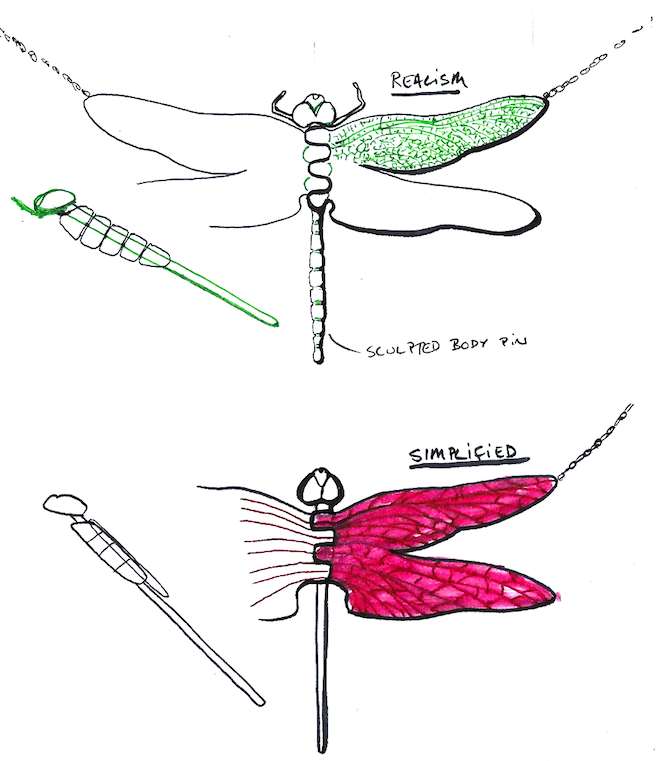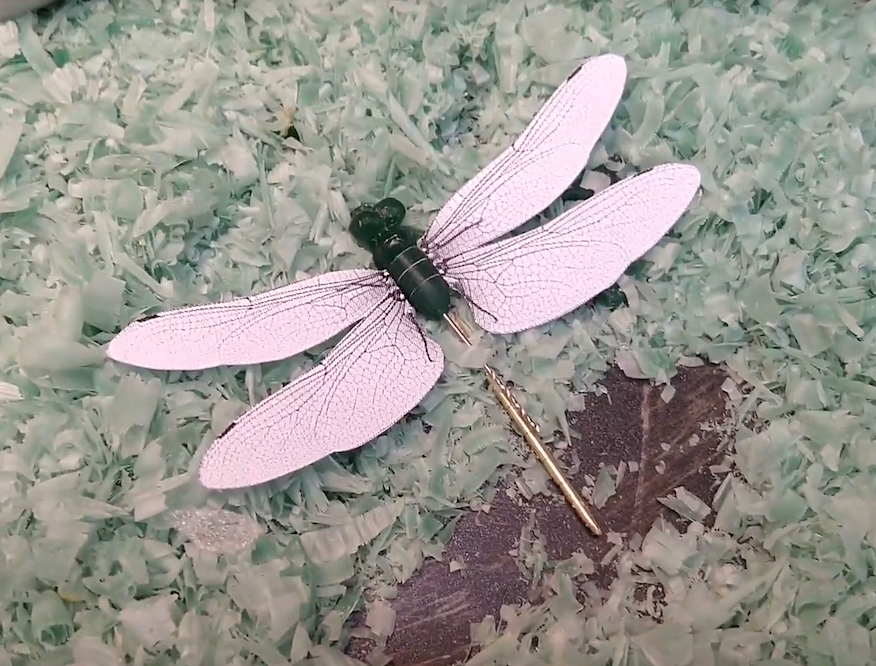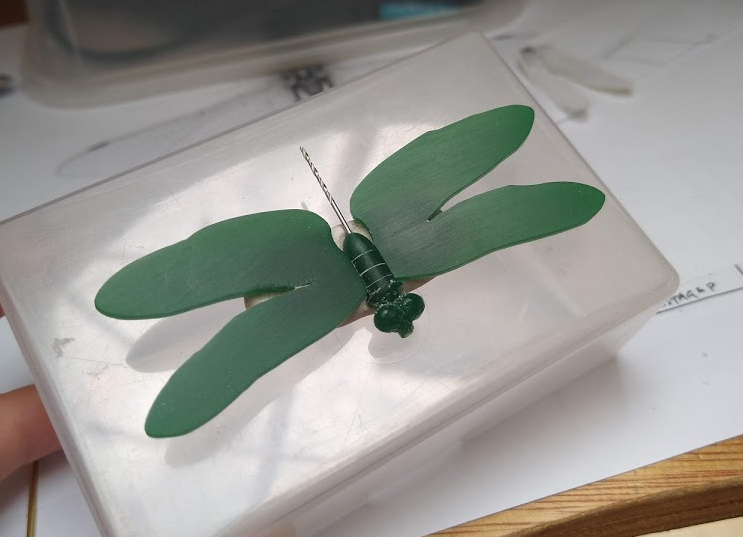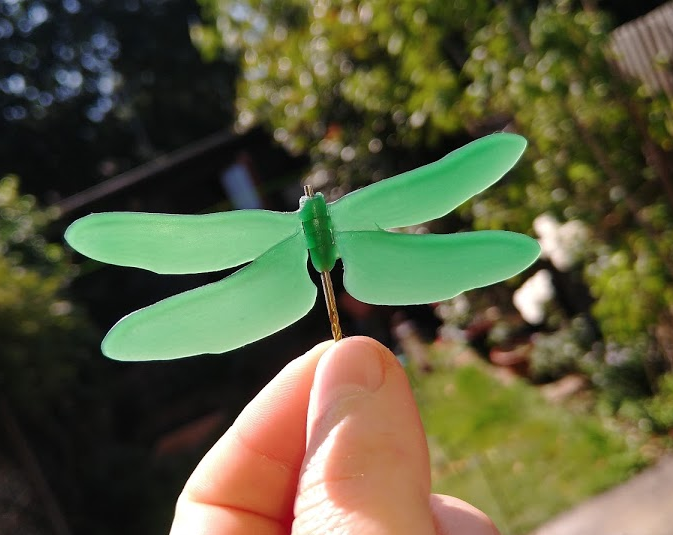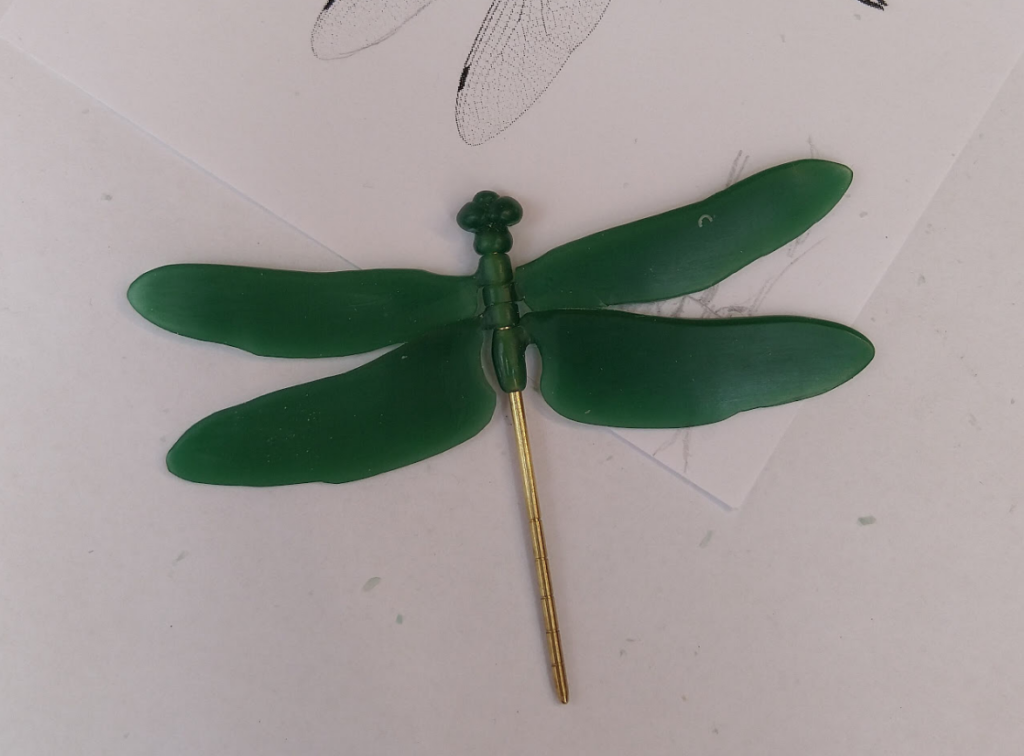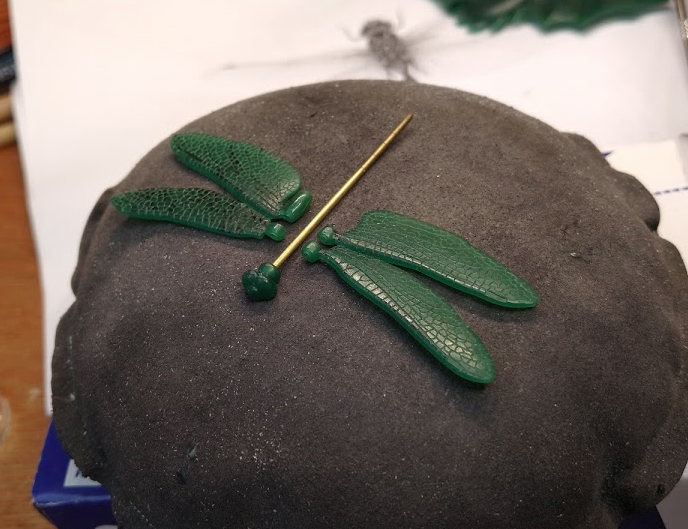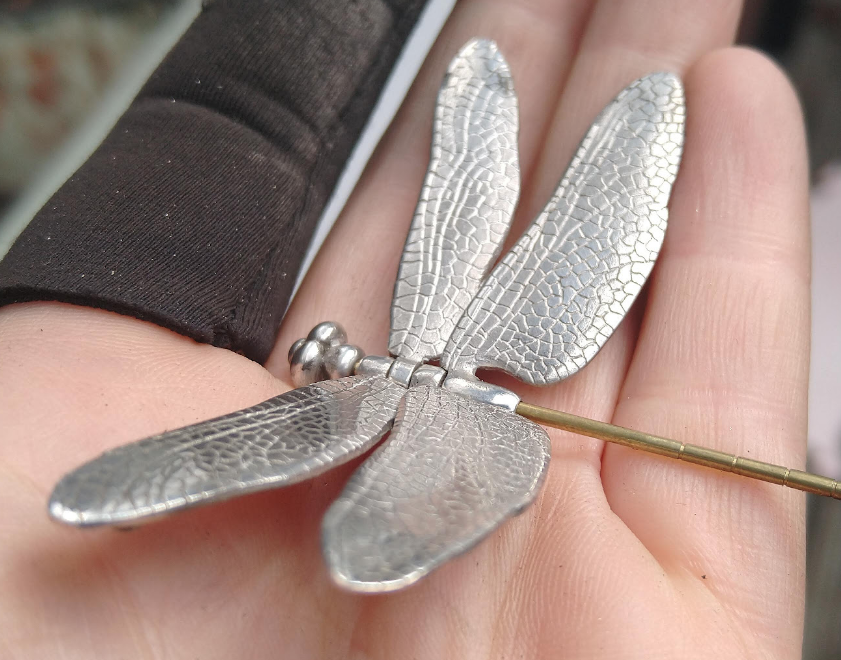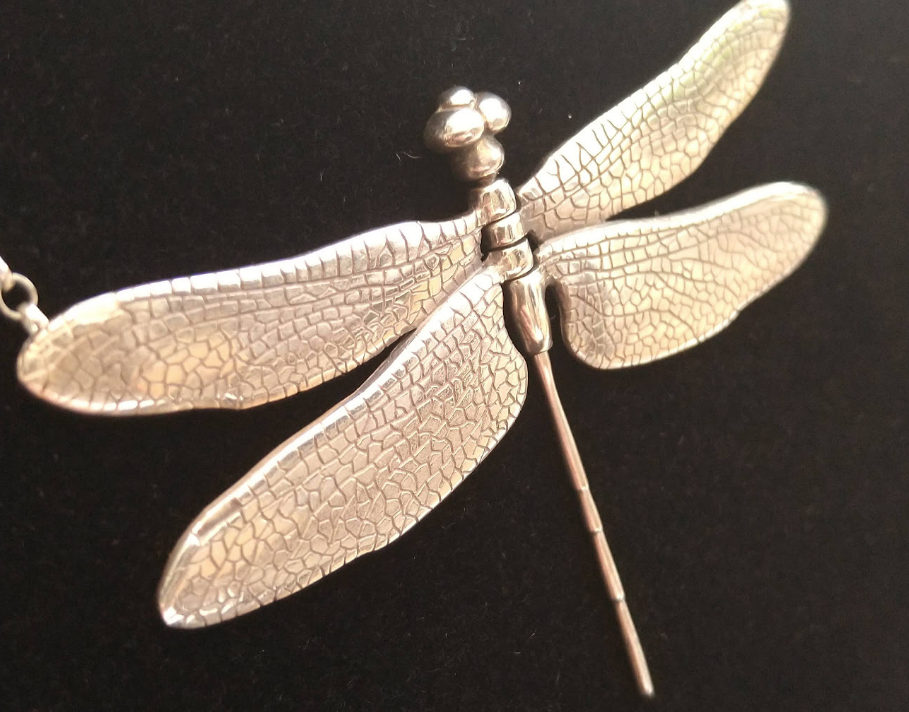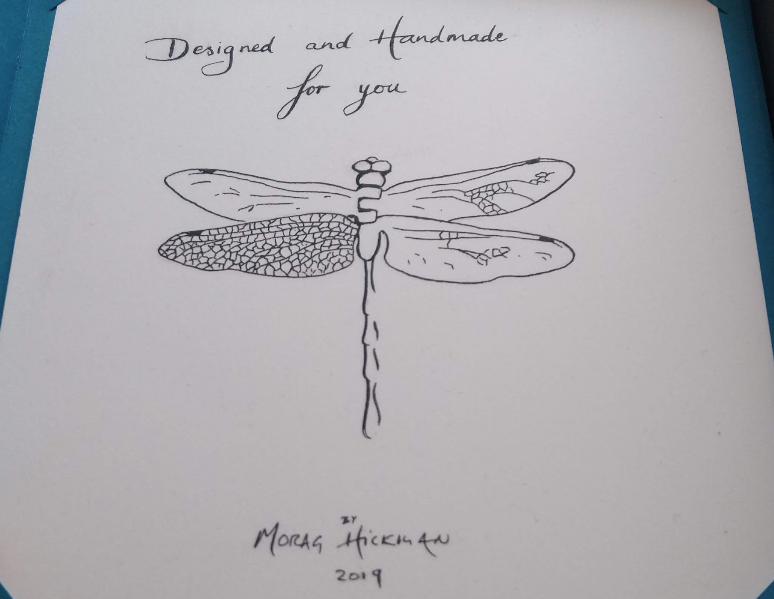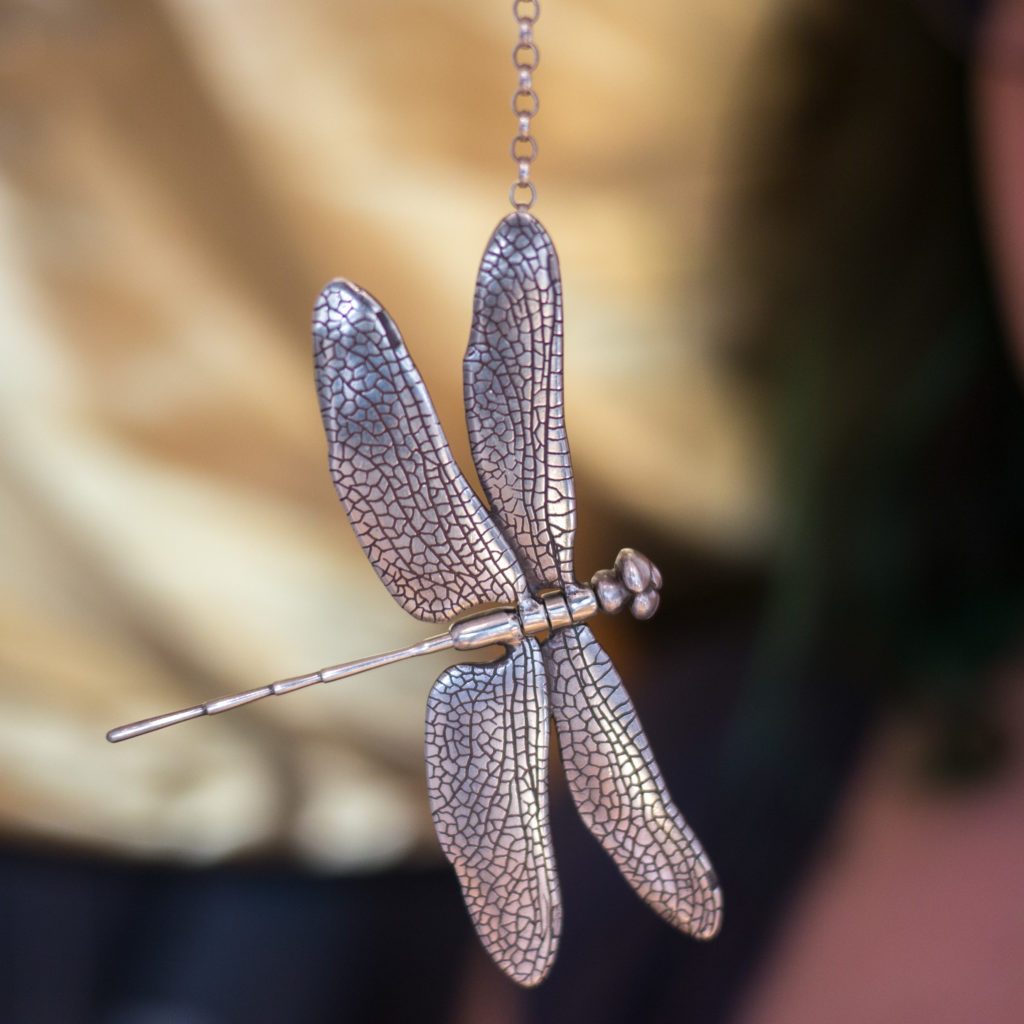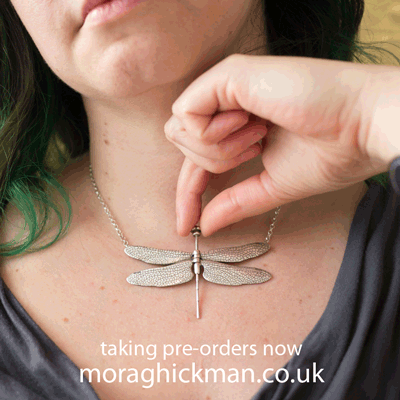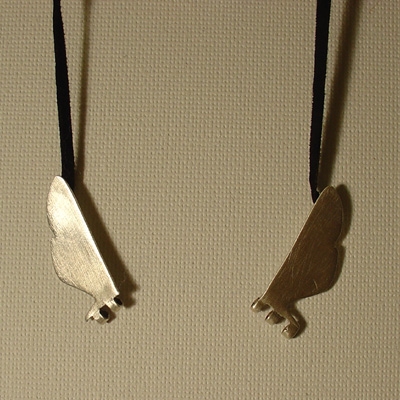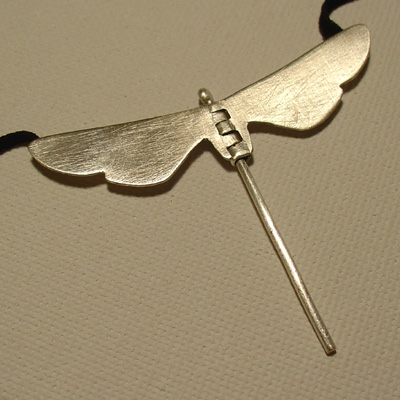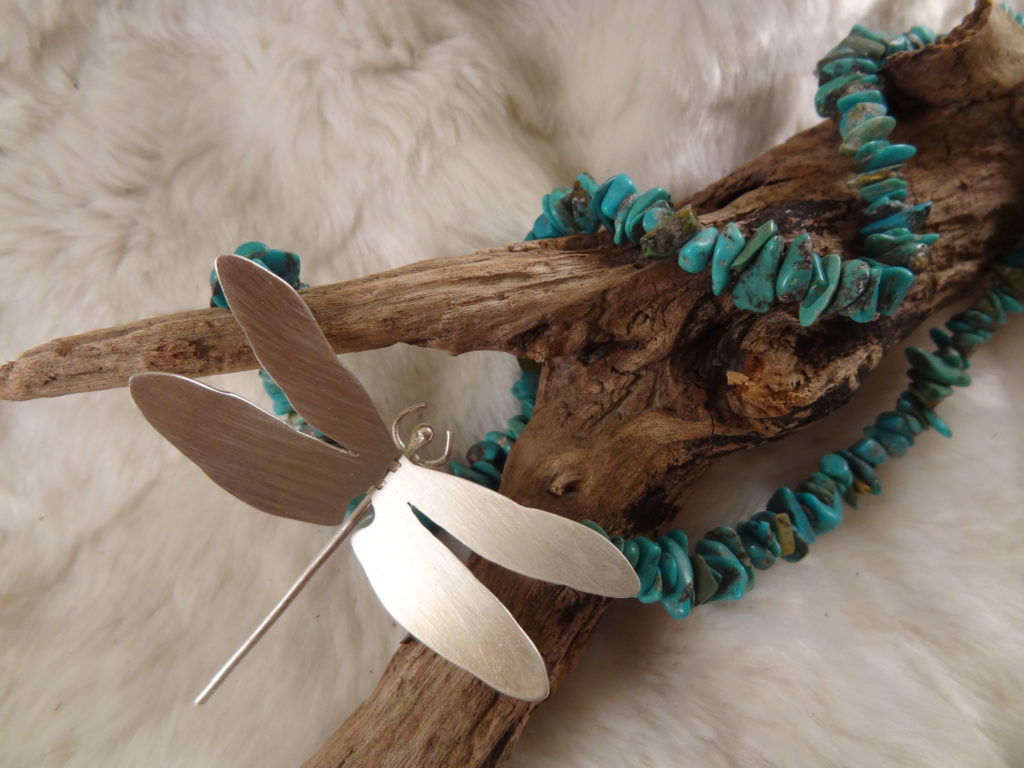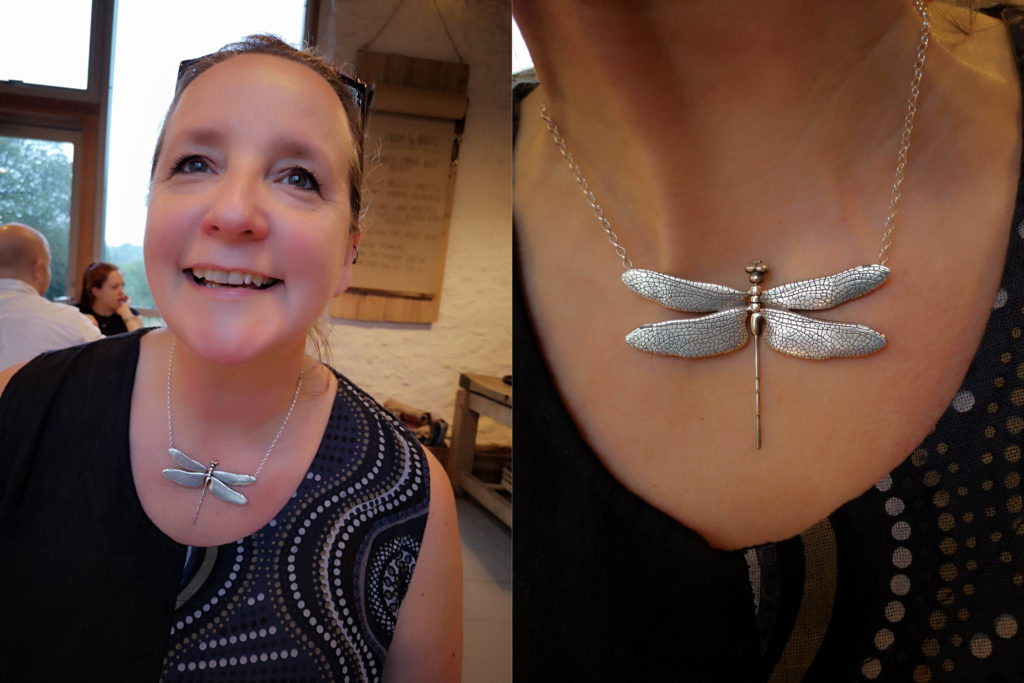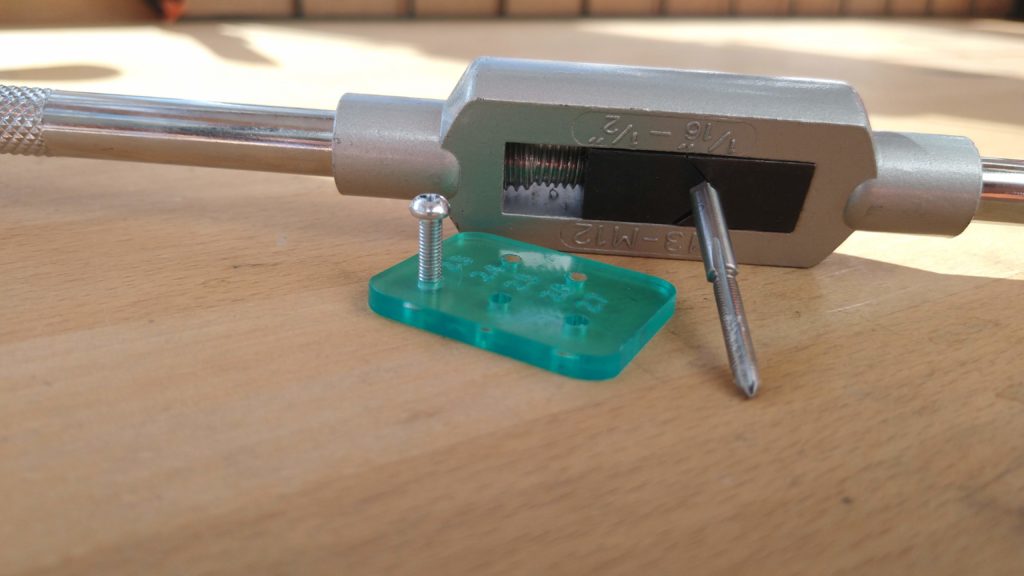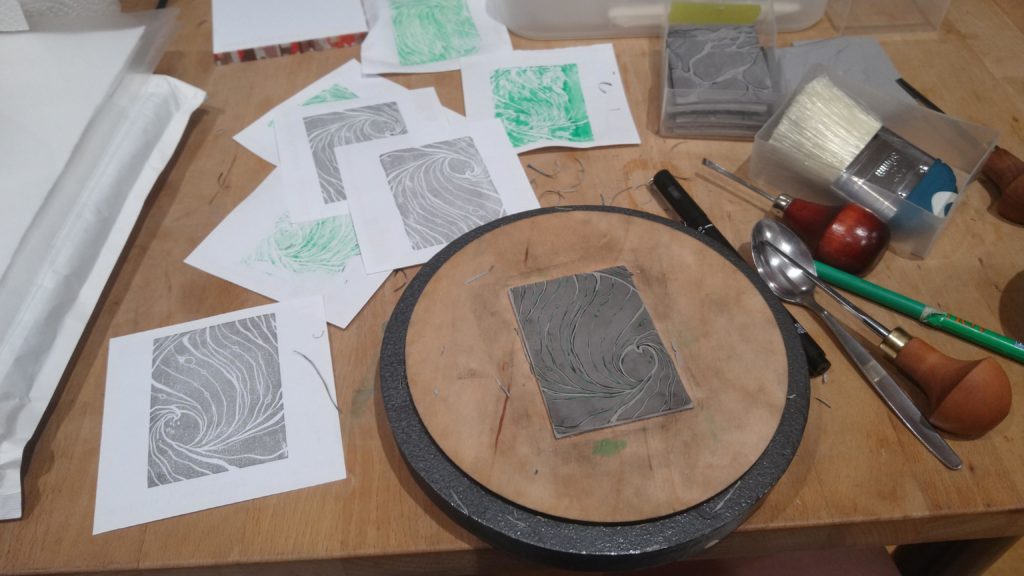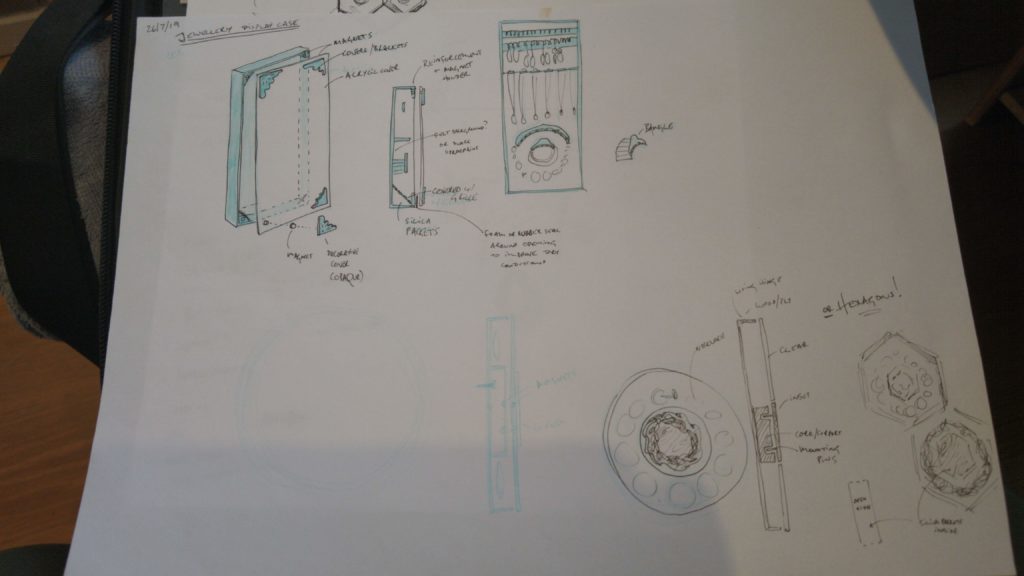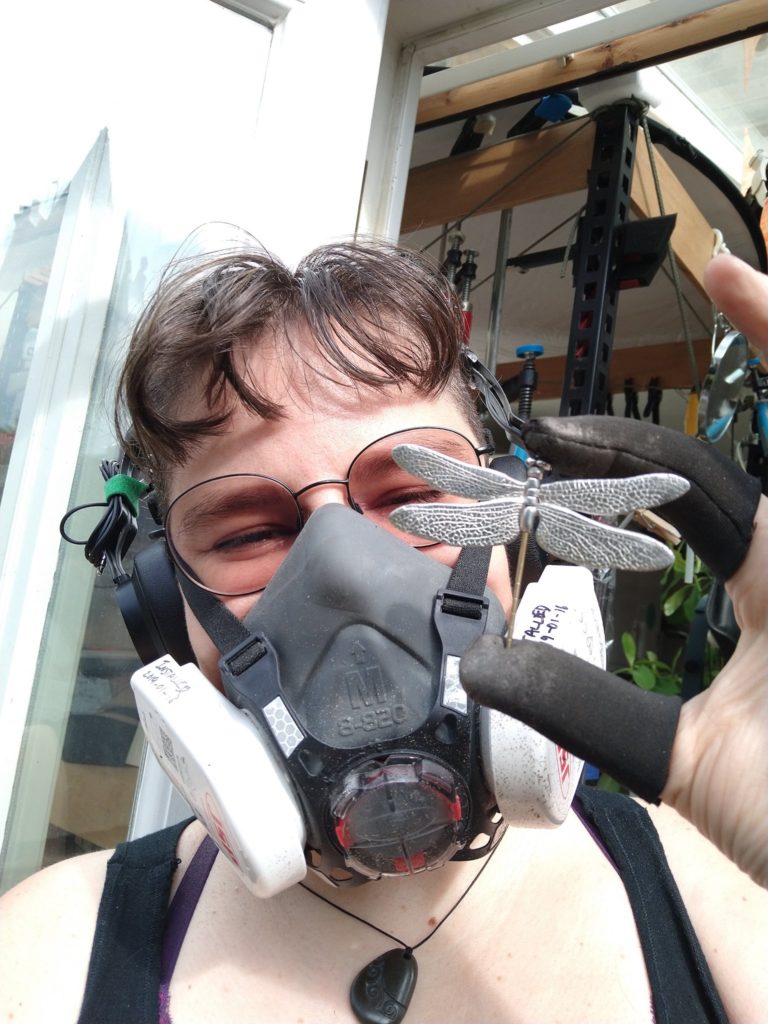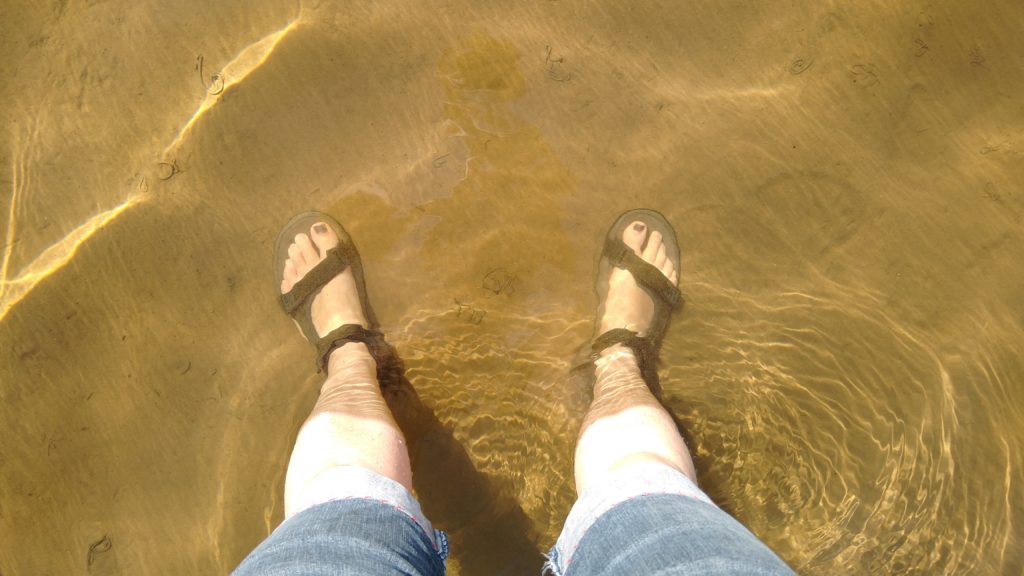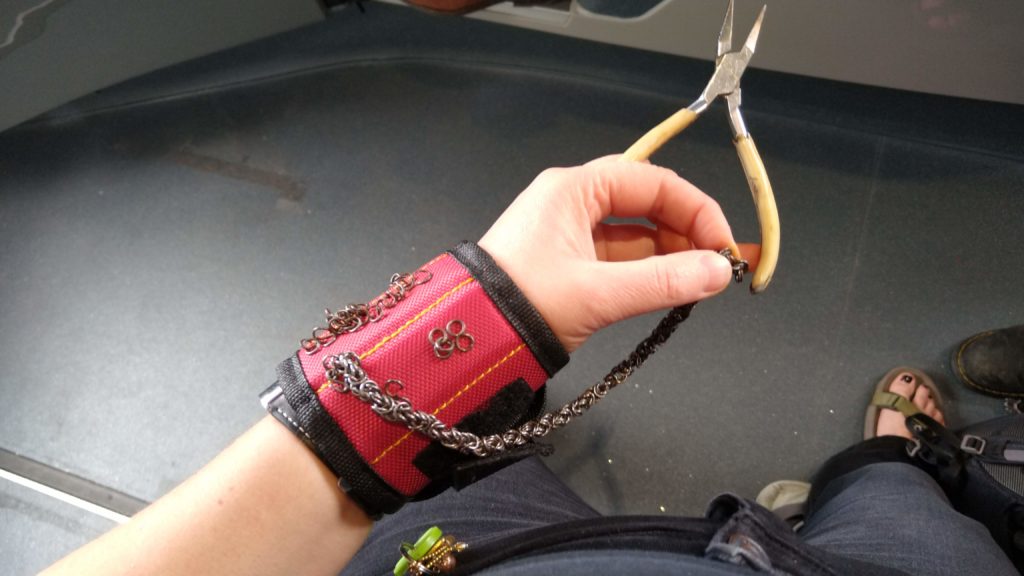When my turn came around to host the extended-family group video call I was a bit intimidated… How would I possibly keep this hilarious crowd of hyperactive heckle-monsters entertained for a couple of hours?!
We’d just done a murder mystery game, and the back catalogue also includes several quizzes, charades and a variety of other party games. A friend had mentioned having a great time doing a remote scavenger hunt with colleagues, so I decided to develop a multi-round game that would meet these criteria:
- Silly and fun
- Indoors and self-contained
- Suitable for a fairly large, mixed group
- Not exclusionary through knowledge, skill or common sense
- Do-able for people who’d just moved in and might not have unpacked yet
- Work with individuals or pairs playing.
- Get ’em up and moving
- Get ’em problem solving
- Gently competitive
- Give them a chance to show off!
With some fantastic scheming assistants, I developed a four-round game.
- Hunt – get people moving, giving them a short time to collect specific items
- Pick – giving them broader criteria to match, and adding a chance to win loads of extra points!
- Panic! – give them a problem to solve, and let them really go to town with their explanation
- Present – a more chill round to wrap up, asking them to share an object and what it means to them.
I can’t believe how well it went, so I’m sharing my materials and tips in the hopes others will have fun hosting and playing these games. If you read this page through, print out the scorecard and save the four ’round’ images ready to share, you should hopefully have everything you need to run the game yourself.
I found it really rewarding, especially seeing everyone dashing past their webcams on the way to grab objects, hearing folks dissolve into laughter, and listening to interesting and heart-warming presentations.
0: Preparation
There’s very little audience preparation required for this game, but it might be nice to let participants know about round 4 in advance, so that they can sort out an object and story they would like to share at the end. Just drop the round 4 image in to the group chat, email or invite when you arrange your meeting.
I’ve included an A4 score card you can print in advance to help keep track of what’s going on – it’s also included in a zip file with the other materials at the end of this post.
You may wish to prepare your own objects for each round, depending if you want to play as more of a participant or a leader.
When you set up the call, make sure you can see every video feed, as you’ll need to be able to watch everyone participating, not just who’s currently speaking.
Screen sharing can also be handy if you want to display the image for each round, or you can drop it in a group chat. Just try not to reveal the rounds in advance.
1: Hunt
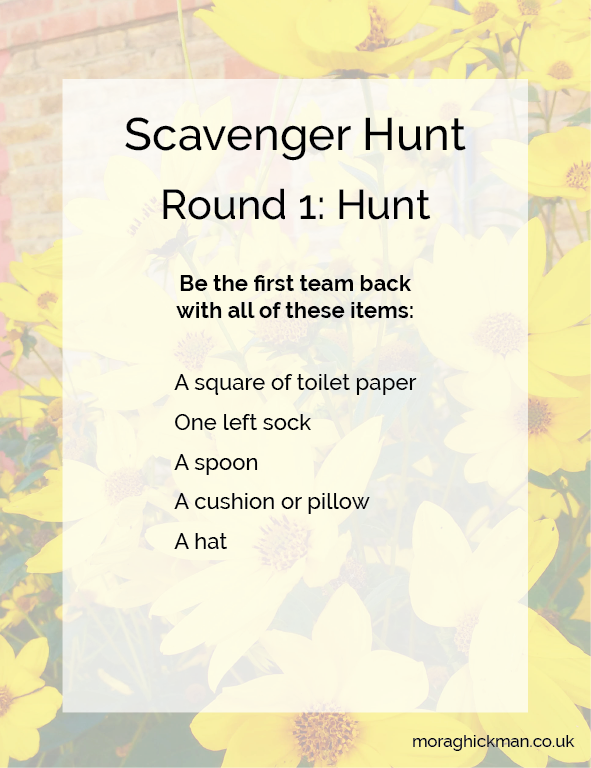
This round is pretty straightforward, and what people might expect from a scavenger hunt. The items are specific, but hopefully common enough for everyone to have them somewhere within fetching range. For one of my participants, they were all within arm’s reach of their seat, except the hat!
Scoring round 1
Keep an eye on everyone’s video feeds, and make a note of the first, second and third people back, just in case the first people haven’t actually got all the items.
Call out each item in the list and get everyone to hold theirs up at the same time – this can also encourage inter-participant heckling!
The winner is the first person/team who returned with all the items.
Round 2: Pick
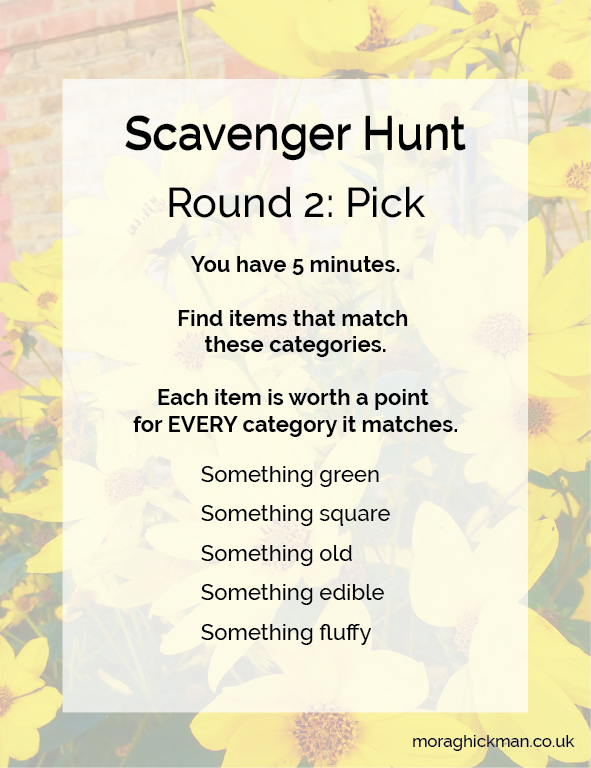
This round is a category-matching game that rewards thinking more than speed. You’ll definitely want to take your time explaining this round and making sure everyone gets it – trust me, you’ll save time later!
The key points to get across are:
- You have five minutes
- Gather five items
- Each item gets a point for every category it matches. Here are a couple of examples:
- A green apple? 2 points!
- A square, green, fluffy cushion you’ve had for 10 years? 4 points!
Note: Holding up concrete example objects might help you explain here – if you can find them, show a green apple or your green fluffy square cushion! You may also like to explain how strict or lenient you’re going to be with the categories. Things like “does rectangular count as square”, “how old is old”. If it helps, for the second one I said something like “relative to the average age of an object of this type you’d be likely to encounter” – so 3 months might be old for an apple, but young for a chair.
Call out time warnings and count down at the end to add to the tension, if anyone’s not back by about 4 minutes.
Scoring round 2
The easiest way I found to score this round was to pick a category, eg. ‘something green’, then ask each participant in turn “Out of your 5 objects, how many are green?”. Write the number in the relevant box on the score card, then ask the next participant the same question. Only then repeat for the process for the other categories. This way no-one goes too long without contributing, hopefully helping them stay engaged.
Note: Watch out for people modifying their items after the time limit, though this can be pretty hilarious. No, adding a feather boa does not mean your apple is now fluffy.
Add the scores up. The winner is the person or team with the most points.
Round 3: Panic!
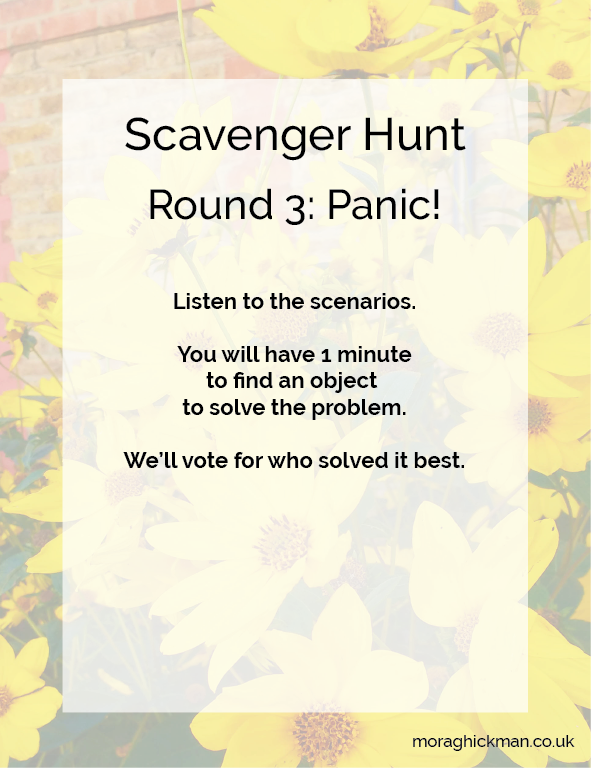
This round is probably my favourite.
The premise is pretty straightforward: “I’ll give you a problem, you have one minute to grab something (or things) to solve it, then tell us why your plan would work. We’ll vote on the best solution.”
Hamming it up with the questions will encourage the participants to do the same with their answer. People might win votes through having surprising or interesting objects on hand, by repurposing objects inventively, or using their quick wit to come up with a compelling or silly story.
I’ve come up with three problems, but I’d love to hear what you come up with if you invent any more.
NB: These problems are listed on the score card, so you don’t need to keep this page open.
- Tea: You’re out of teabags! You MUST go to the shops if you’re going to get a cuppa, but your talkative neighbour might spot you – grab a disguise so you can get home quick!
- Fish: Don’t ask me why your fish tank shattered, there’s no time! Grab a vessel to rescue your prized fish, then tell us why it’s the best thing for the job.
- Zombies: Oh no, you left the door open! A zombie got in! Grab something to defend your domain from the slavering undead.
Ask a question, then complete the fetching, presentations and scoring BEFORE you move on to the next question.
Scoring round 3
I liked scoring this round by vote, as it’s subjective. You should be prepared to cast a tie-breaker vote if needed.
Ask each person in turn to display their object(s) and explain their solution. Encourage them to describe their fish, for example, and why it’ll do well in the vessel.
Note: Our winner had a really horrible fish, who was ‘rescued’ in a colander!
When everyone has presented their solution, ask each person in turn who gets their vote and tally it in the recipient’s box.
Tot up the votes, and cast your own tie-breaker vote if needed. You should have one winner for each of the three problems.
Round 4: Present
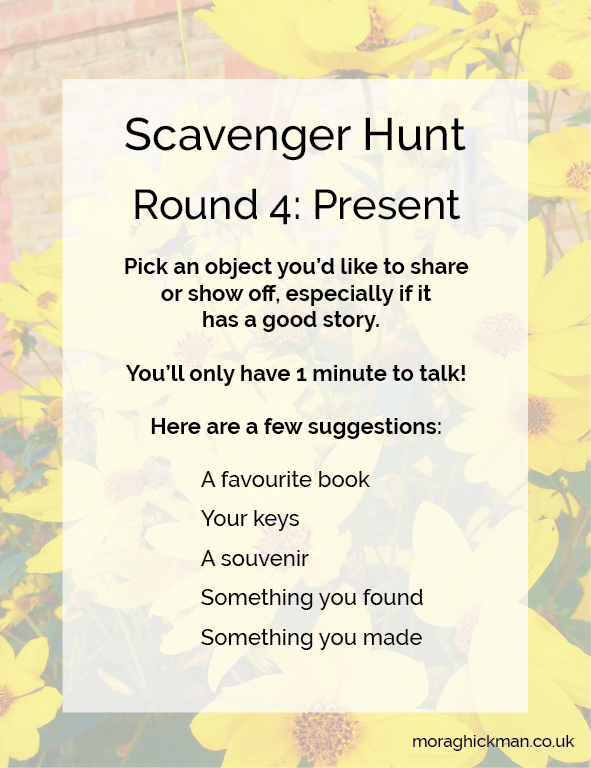
This round is non-competitive.
If you’ve got someone charismatic who loves to talk it might be easiest to invite them go first to break the ice. If you’re charismatic and love to talk, feel free to go first yourself! Tick people off as they present so you don’t miss anyone.
Give people 1 minute to talk, with a timer and hand signals to show when their time is coming to an end – this helps it be fair for the quieter folks. I found the other participants were really keen to give encouragement, show interest and ask questions after each presentation – it was really, really lovely.
Wrap up
You can wrap up by sharing the scores, especially if your participants are competitive! There should be one winner from round 1, one from round 2, and three from the problems in round 3.
I hope if you choose to run this game you let me know how it goes, or how I could improve it.
Thanks for reading!
Downloads
(A zip file with the four ’round’ images as .png files, and a .pdf of the score card for printing)
